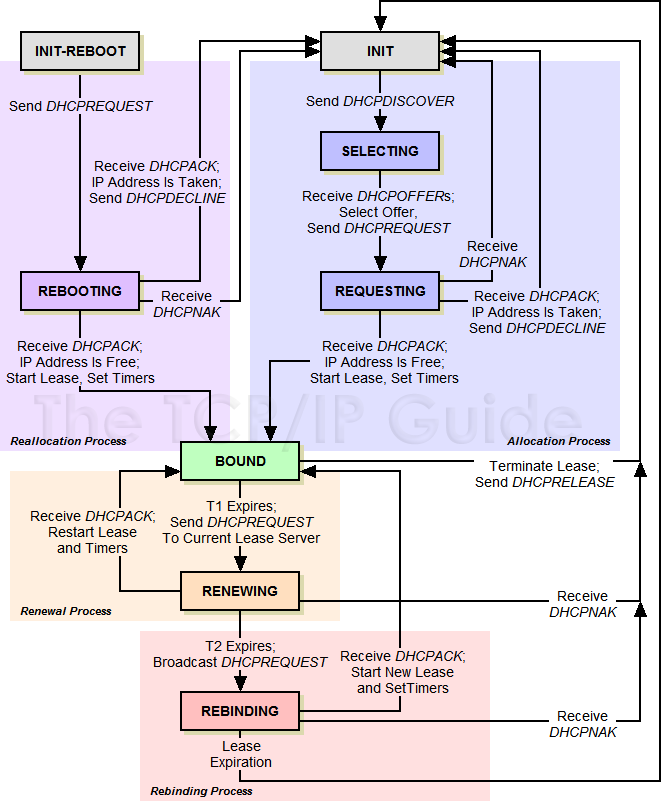런레벨(Run level)이란, 시스템 관리의 용이함을 위하여 서비스의 실행을 단계별로 구분하여 적용하는 것을 말합니다.
런레벨은 0부터 6번까지 있는데요. 한번 알아보겠습니다.
# 0 - halt (DO NOT set initdefault to this)
시스템 종료를 의미합니다. 즉, 런레벨 0으로 변경하라는 명령을 내리면 시스템을 종료하는 것이죠.
# 1 - Single user mode
시스템 복원모드라고도 하며, 기본적으로 관리자 권한 쉘을 얻게 됩니다.
주로, 파일시스템을 점검하거나 관리자 암호를 변경할 때 사용합니다.
# 2 - Multiuser mode, without NFS (The same as 3, if you do ot have networking)
NFS(Network File System)을 지원하지 않는 다중 사용자 모드입니다.
네트워크를 사용하지 않는 텍스트 유저모드라고 할 수 있죠.
# 3 - Full muliuser mode
일반적인 쉘 기반의 인터페이스를 가진 다중 사용자 모드입니다.
쉽게 말하면 그래픽 유저 모드가 아닌 '텍스트 유저 모드'입니다.
# 4 - unused
4번은 쓰이지 않습니다. 기본적으로는 사용되지 않지만, 임의로 정의해서 사용할 수 있는 레벨입니다.
# 5 - X11기본적으로는 level 3과 같습니다. 다른 점은 '그래픽 유저 모드' 라는것!!!
# 6 - reboot (DO NOT set initdefault to this)
시스템 재부팅을 의미합니다. 런레벨 6으로 변경하라는 명령을 내리면 시스템을 재부팅 하죠.
주로 사용하게 되는 것은 0, 3, 5, 6 을 많이 씁니다. 이 런레벨의 변경은 root 사용자의 경우만 가능합니다. 즉, 터미널 창에서 관리자 모드로 들어가 gedit /etc/inittab을 입력하면 런레벨을 바꿔줄 수 있습니다. 한번 해볼까요?
터미널 창을 켜고, 관리자 모드로 들어갑니다. gedit /etc/inittab 명령어를 입력해주세요.

그럼 아래와 같은 창이 켜지죠. 위에서 봤던 runlevel에 안내가 나옵니다.

그리고 그 간단한 안내 아래에서..! 런레벨을 바꿔줄 수 있습니다.
한번 텍스트 유저 모드로 바꿔볼까요? 블록한 부분을 봐주세요 :)

5를 3으로 바꿔주고 빨간색 네모로 강조한 '저장' 버튼 클릭하면 끝! 입니다 :)

그럼 이제 시스템을 다시 시작해볼까요? 아래 화면과 같이 텍스트 모드로 시작되는 것을 볼 수 있습니다. :)

다시 그래픽 유저 모드로 돌아가고 싶을 때는, init 명령어를 이용하시면 됩니다. 이렇게요. :)
inittab이나 init 명령어 처럼 런레벨을 변경하는 것은
오직 관리자 모드에서만 가능하므로 su - 부터 입력해주셔야합니다.

그럼 명령어 입력하기 무섭게 그래픽 유저 모드로 넘어가지요.

명령어 init은 단순히 런레벨을 변경해서 부팅하는 명령어이기 때문에
시스템 종료후, 이대로 다시 부팅하게 되면 텍스트 유저 모드로 부팅하게 됩니다.
다시 그래픽 유저 모드로 바꿔주려면,
로그인하셔서 아까처럼 터미널 창에서 관리자 모드로 바꿔주고 gedit /etc/inittab 입력후
inittab창에서 id:3:initdefault → id:5:initdefault 로 바꿔주시면 됩니다. :)
